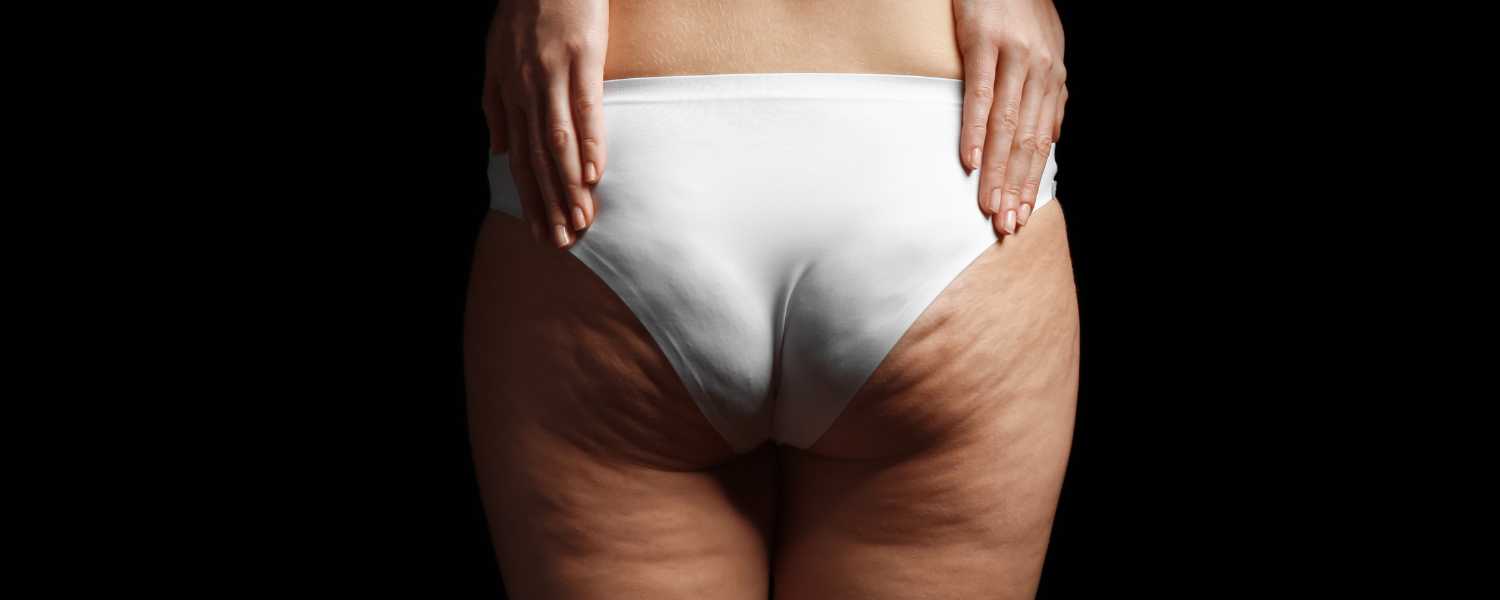
When it comes to losing weight, you might be wondering if your cellulite will disappear if you shed some extra pounds. While losing weight can improve your overall appearance and health, the relationship between weight loss and cellulite is more complex than it seems.
In this blog, we will explore what cellulite is, how it relates to weight loss, and effective treatments like Aveli that can address this persistent issue.
Cellulite is a condition where the skin takes on a dimpled, uneven appearance, often compared to the texture of an orange peel. It occurs when fat deposits push through the connective tissue beneath the skin, creating a lumpy texture. Commonly found on the thighs, buttocks, hips, and abdomen, cellulite is a cosmetic issue that affects up to 90% of women and a smaller percentage of men.
Several factors contribute to the development of cellulite, including:
It’s important to note that cellulite is not an indicator of poor health, but its appearance can still cause individuals to feel self-conscious and even frustrated.
Weight loss is a solution for many body-related concerns, but its effects on cellulite are nuanced. Shedding excess pounds can reduce the size of fat cells, which may minimize the prominence of cellulite. Additionally, a healthy diet and regular exercise can improve muscle tone and skin elasticity, contributing to a smoother appearance.
However, weight loss alone rarely eliminates cellulite entirely. The underlying structure of connective tissues and fat cells often remains unchanged, meaning the dimpling effect may persist even after significant weight loss. This is especially true for individuals who have loose skin following rapid or significant weight loss.
For individuals seeking more dramatic results, combining weight loss with body sculpting treatments or specific cellulite-targeting procedures can offer the best outcomes. Advanced treatments like Aveli provide targeted solutions that go beyond what weight loss alone can achieve.
Interestingly, weight loss can sometimes make cellulite more noticeable. When fat cells shrink quickly, the skin may struggle to adapt, especially if elasticity is compromised. This can result in sagging skin, which can exacerbate the appearance of cellulite.
Rapid weight loss, particularly from extreme dieting or weight-loss medications like semaglutide, can contribute to this effect. The key is to adopt a gradual, sustainable weight-loss approach that includes skin-tightening strategies such as strength training and hydration to mitigate these effects.
While weight loss can improve your overall health and body composition, it’s not a cure-all for cellulite or other physical insecurities. Addressing cellulite effectively often requires a holistic approach that combines:
In addition to these lifestyle factors, advanced cosmetic treatments can further enhance skin texture and reduce the appearance of cellulite. By combining healthy habits with innovative procedures, you can achieve smoother, firmer skin and more lasting results.
Aveli is a cutting-edge, minimally invasive treatment designed specifically to address cellulite. This FDA-cleared procedure works by targeting the structural causes of cellulite: the fibrous septae beneath the skin. These bands pull the skin downward, creating the characteristic dimples of cellulite.
While weight loss can help reduce the appearance of cellulite, it’s rarely a complete solution. A holistic approach that combines healthy lifestyle habits with advanced treatments like Aveli offers the best path to achieving smoother, more confident skin. If you’re ready to address cellulite head-on, The Lumen Center’s expert team is here to guide you every step of the way.

Sandra brings over 15 years of healthcare expertise to her role as a marketing writer, where she specializes in turning medical information into easy-to-understand content. Outside of work, she enjoys hiking with her family and reading.